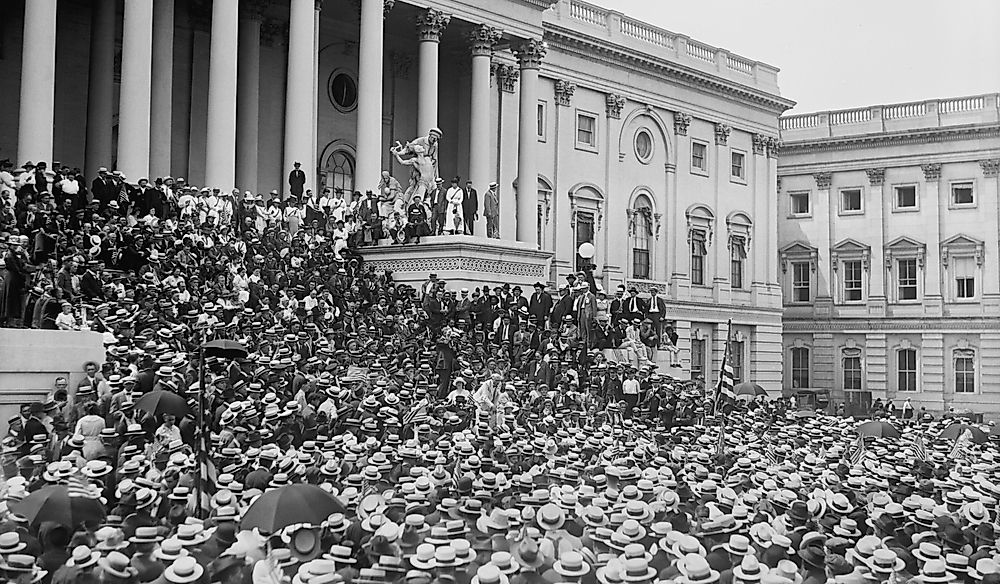What Was the Temperance Movement?

The temperance movement champions towards a society free of alcohol consumption. The movement promotes total teetotalism while at the same time proclaiming the sinful side of alcohol consumption. This mission is achieved through demanding laws that prohibit selling of alcohol or laws that demand its regulation. The temperance movement became particularly popular in the 19th and 20th centuries, especially in English speaking countries in North America and Europe as well as the Scandinavian countries. Prohibition in the United States from 1920 to 1933 is directly attributed to the temperance movement.
The Need for Temperance Movements
In the later stages of the 17th century, alcohol was an important part of the lives of people. The people used it for several purposes including recreation and medicine.
While drinking was not disallowed, society, just like today, did not welcome drunkenness. Before the Industrial Revolution of the 18th century, drunkenness was not perceived as a social problem. However, the need for sober labor to operate heavy machinery that came with the revolution began changing the general attitude towards alcohol.
Prominent individuals in society started coming out against alcohol and churches soon took up the call and began preaching against alcohol although it was not heard until the early stages of the 1820s.
Successes and Failures of the Temperance Movement
In the past, the movement has had a number of failures as well as successes in its quest.
The British Temperance movement is an example of a movement that experienced legislative failure. In its attempt to reduce the number of pubs, the Prime Minister came up with a proposal for closing one-third of the pubs and then compensating the owners. The proposal failed terribly after the brewers mounted a strong resistance against the idea. Repeatedly, the brewers managed to defeat the scheme in the House of Lords. In the end, the movement had to settle for the 1910 People’s Tax, which saw to it that pubs paid huge taxes.
One of the major successes for the movement was achieved with Prohibition in the US in 1920. The movement in the US began its mission in 1913 and later on absorbed influential people like Wayne Wheeler. Through a technique known as "Wheelerism," he was able to push for the adoption of the Eighteenth Amendment, which prohibited alcohol use in the US. The prohibition lasted until 1933.
Other countries such as New Zealand, Canada, and Norway also came up with similar laws. Nationwide prohibition of alcohol in Canada occurred between 1918 and 1920. In the early stages of the 1900s, half of the countries in the world had similar laws.
Decline of the Temperance Movement
While some people reported that the prohibitions had some positive effects, most people agreed that the ban had more disadvantages. Some of these disadvantages included the creation of unhealthy drinking behaviors, the discouragement of economic growth, and the encouragement of criminal activity. Internally, the movements were also in turmoil due to the domination of certain groups that forced the exit of moderate members. Today, the movement is weak but has a few organizations like the World Woman's Christian Temperance Union.











